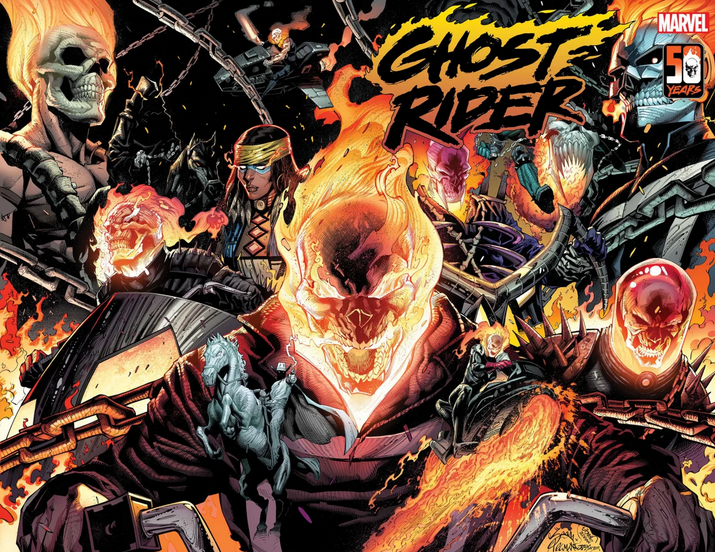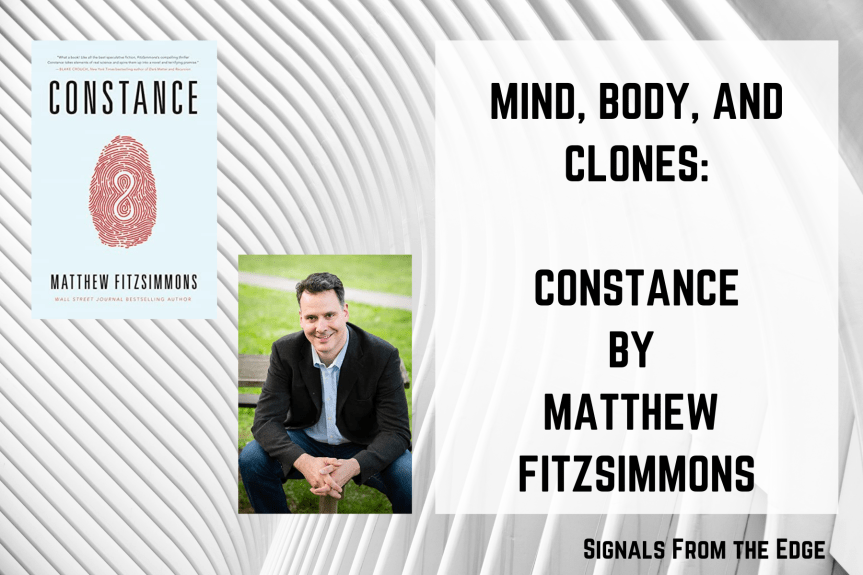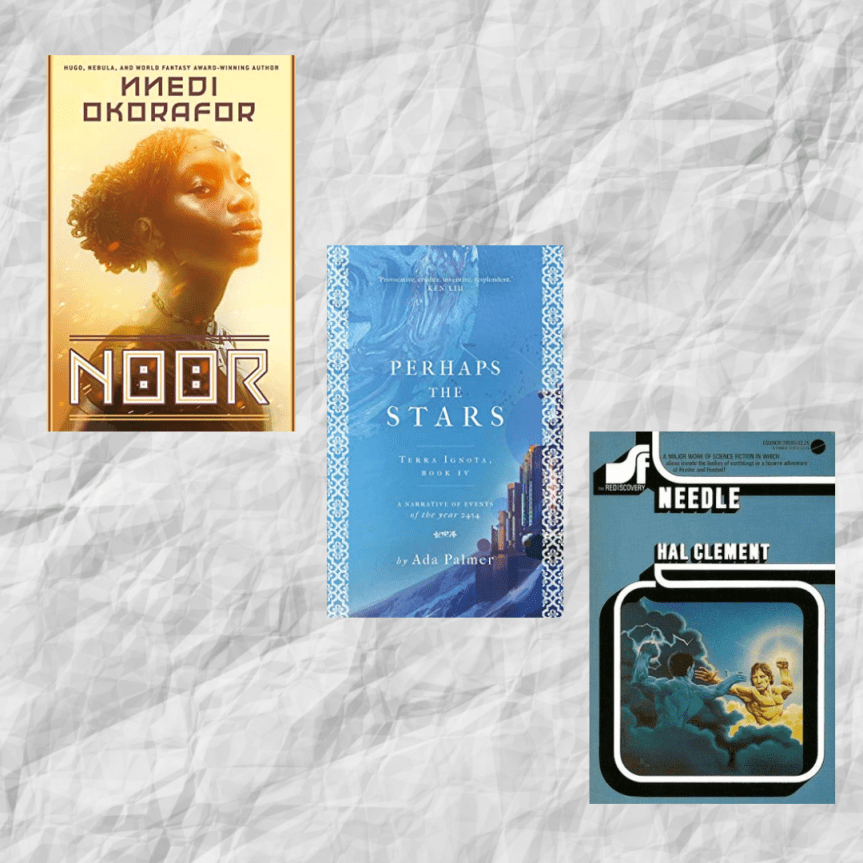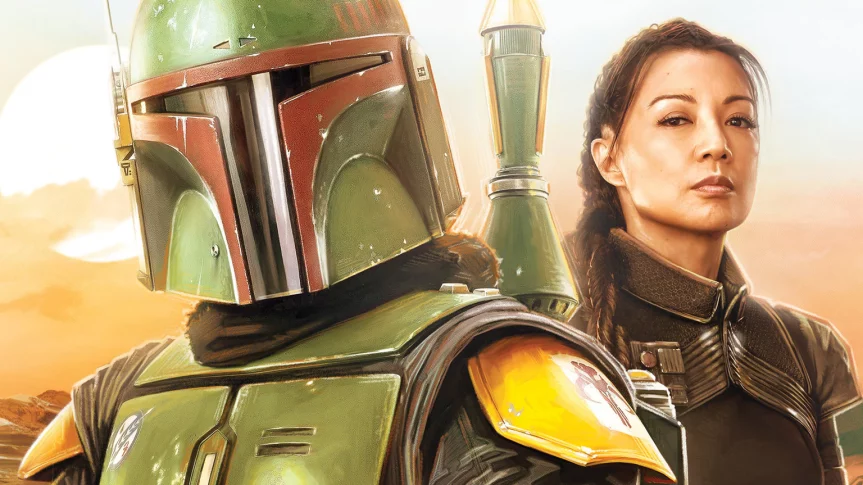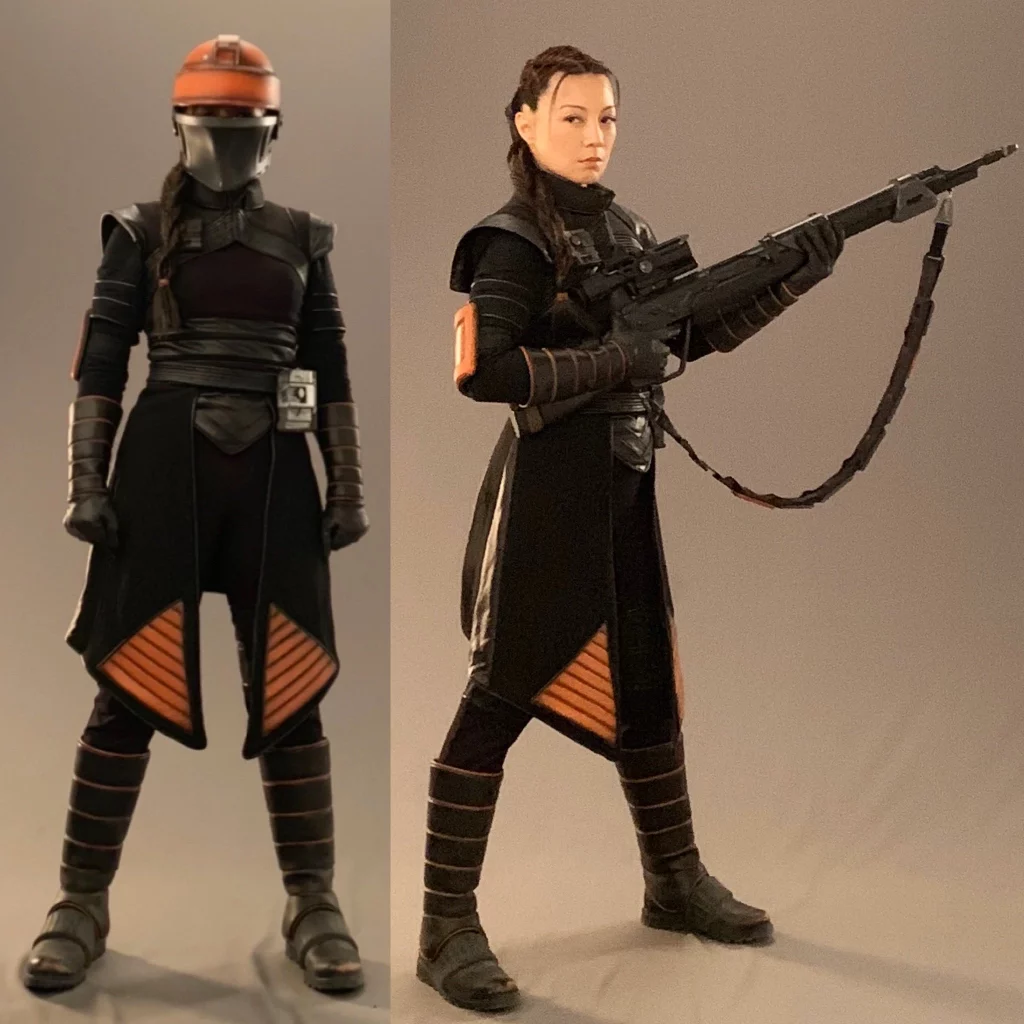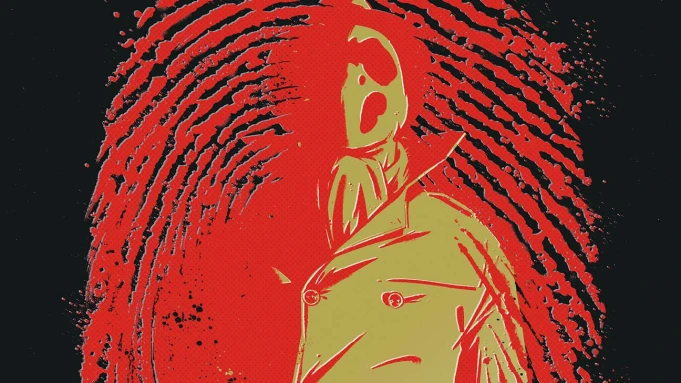Leading up to Marvel’s new TV series, Moon Knight, I was pretty hopeful. Finally, we were getting the opportunity to see a new character, and one that hadn’t gotten much attention previously, too!
After reading a few of the Moon Knight comics in preparation for the show, I was intrigued by how different Moon Knight was from other Marvel superheroes.
Marc Spector was trying to reconcile his dark past, while his counterpart Steven Grant was just trying to live his life.
I was a bit skeptical about how the TV show would handle the character’s multiple personalities, but I have to say, Oscar Isaac’s performance has been spectacular thus far.
Here’s our Moon Knight review for the first three episodes!
(Spoilers for Moon Knight 2020 comic series and the first three episodes of the TV series).
Oscar Isaac Captures Steven Grant (and Marc Spector)
If you haven’t read our breakdown of the Moon Knight Comics (which you should read, by the way), here’s a quick recap of the characters:
- Marc Spector is an ex-mercenary who was killed by in Egypt and brought back by the Moon God, Khonshu.
- Steven Grant is a normal guy, and is one of Marc Spector’s personalities.
- Mr. Knight is a superhero-ish consultant who resides in the Midnight Mission.
- Moon Knight is the identity of Khonshu’s avatar, which is currently Marc Spector.

It’s a bit convoluted, but the show does a good job of keeping track of who is who. There’s a distinct shift in voice and tone when Oscar Isaac is portraying the characters. Steven is at a nerdy guy who struggles with insomnia, and when he speaks, he often poses statements as questions or rambles.
But when Isaac is playing Marc Spector, he’s much firmer and more confident, classic for an ex-merc.
The way the show has these two sides of Oscar Isaac’s characters interact is through the use of reflections. When one of the personalities has control of the body, they can talk to the other personality by looking at a mirror, shiny object, or still water. Visually, this provides a pretty interesting element. Whenever there’s a fight scene, there happens to be a reflective surface around, whether it’s broken glass, the hood of a car, or a polished dagger.
As the show progresses, we see Spector start to value Grant’s intellectual abilities and moral compass, and Grant starts to become more assertive. They take each other as rough role models, and with them inhabiting the same body, makes for a pretty neat character dynamic.
The Moon Knight Has Powers
For the most part, the Moon Knight of the comic books only has a few innate abilities. He’s tough, fast, agile, and gets resurrected when he dies (since he’s under Khonshu’s protection).
Marc Spector’s a fairly ordinary guy, you might say, kind of like the Batman of the Marvel universe.
But in the TV show, there is definitely a focus on the Moon Knight’s super powers, most of which come through Khonshu. Marc Spector is not only a badass, but he seemingly can’t die when wearing the suit. In the third episode, he’s impaled multiple times with spears, and gets up seeming no-worse-for-wear.
Plus, he acts as a conduit for Khonshu’s power, at one point he even helps alter the constellations.
The choice to add the super-power elements that are almost entirely absent in the comic books to the TV show just hints that there’s a larger plan for the Moon Knight. He’s on par to compete with the likes of Captain America and Spider-man at this point, and we’ll probably see Oscar Isaac’s entry into Marvel films soon enough.
What’s Up With the Plot?
At this point, we’re halfway through the Moon Knight mini-series, (all the shows on Disney+ keep getting shorter, don’t they?) and stuff is certainly heating up.
The TV show doesn’t focus on the origin story of the Moon Knight, instead it’s more about the journey Spector and Grant take in getting to know one another and inhabit the same body. At the same time, there’s a pretty ominous plot in the background with one of Marc Spector’s previous enemies working to unleash Ammit, an Egyptian god of judgement.
To be honest, this plot line is only secondary for me. Sure, it’s fine, but in six episodes can you really create an earnest conflict? The villain’s whole spiel is about judging everyone in the world based on whether they’ve committed evil or will commit evil.
It’s kind of frustrating that this kind of stock villain appears so often in mainstream media. The idea that the path to a more holistic society must be paved in blood is so overused and cliché. We know that genocide is evil, and after Thanos, Harrow just feels contrived.
For me, the real conflict is the moral dilemma that both Spector and Grant go through as a result of their actions. Grant is appalled that Spector’s a trained killer, and Spector starts to realize he doesn’t have to use violence for every problem. This evolution is definitely something to look out for as the Moon Knight show progresses.
Overall, I’d say that the first three episodes are pretty good. The fight scenes and cinematography are decent, and Oscar Isaac is certainly carrying the weight in this show. I wish that Marvel would take a new approach to villains, because the “final solution” era of villains is over, and frankly, was never that great to begin with.
To conclude this Moon Knight review, I give the first three episodes a 7/10.




